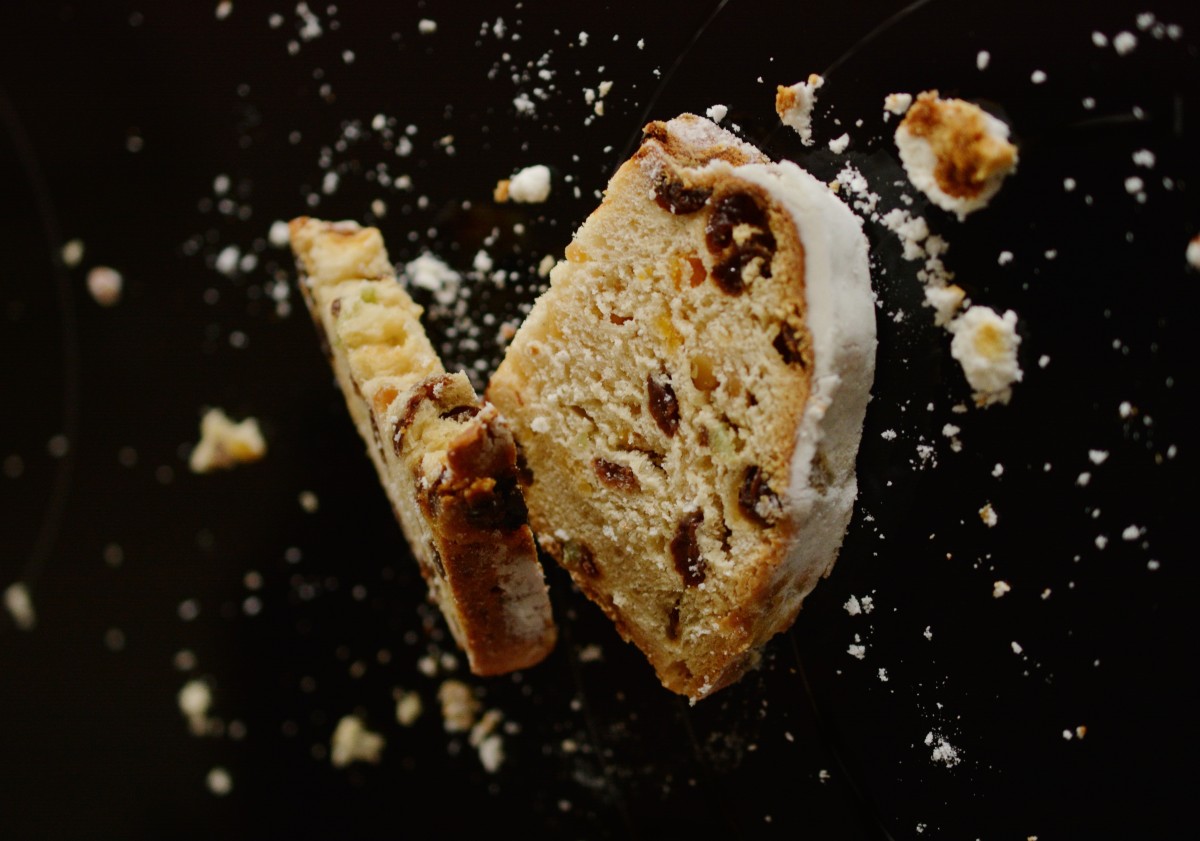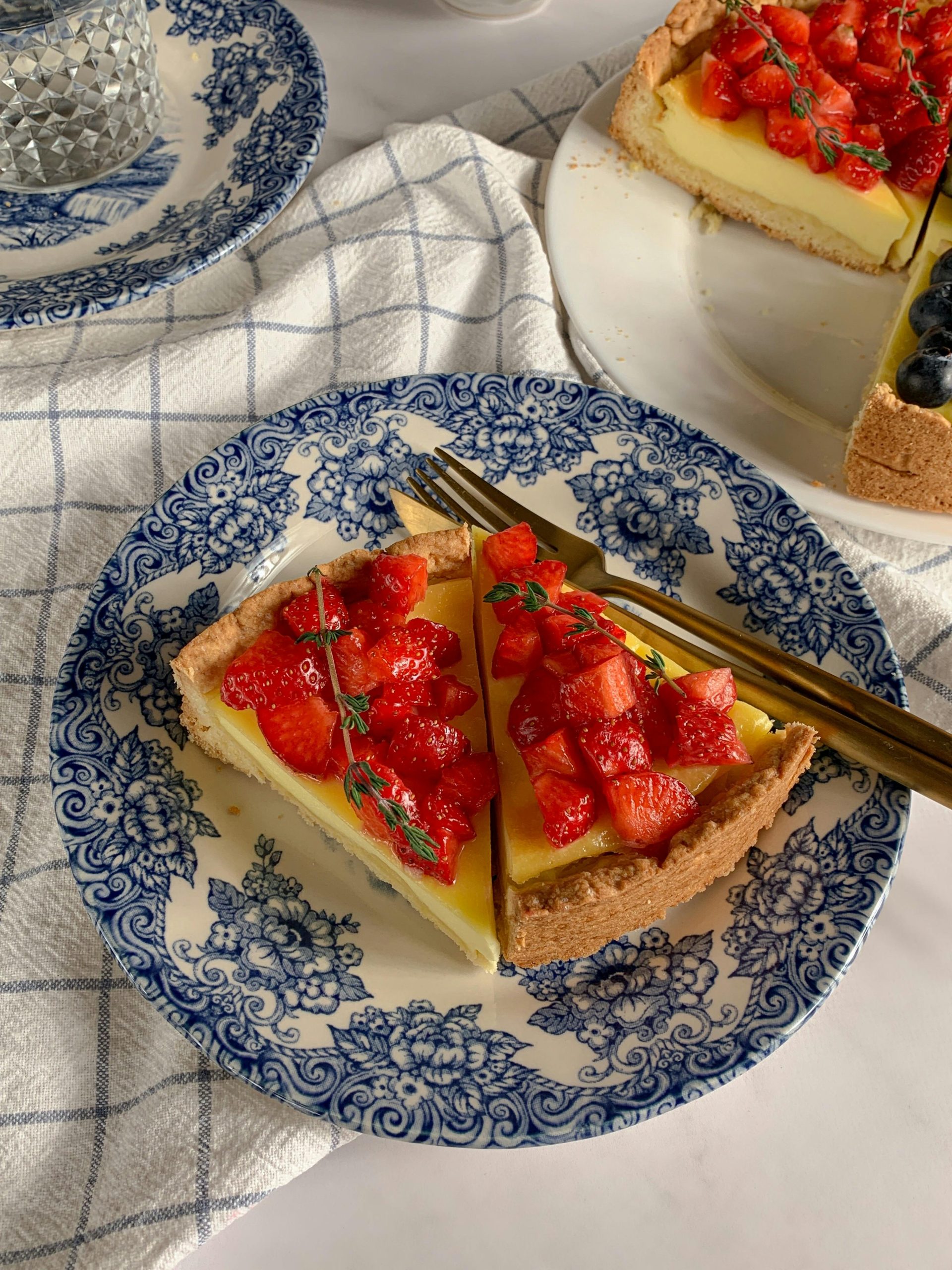Cake Baking Tips and Tricks
Hello Friends!
This month, I’d like to share some of the tips and tricks that I have learned while baking cakes. From preparing pans and ingredients to knowing when cakes are baked properly, we will cover it all. Next month, we will show you how to stack and decorate your cake.
There are many wonderful sources for baking, and I’m sure I have a lot to learn. My love of baking began with my mom in the kitchen when I was a child. After I got my kitchen, I started baking regularly. After that, I really got into my baking challenge. I baked through a whole cookbook in a year. You can find out more about it on my Blog! Today, I’ll share with you what I’ve learned along the way. I’ve experienced both success and failure, but I always gave it another try (sometimes after a good scream) if the results weren’t as I had hoped.
The tips that I will share here are meant to be general and useful for most situations. Let’s begin!
How to prepare the pans
The difference between a good cake and a bad one can be made by properly preparing your pans. You know that moment when the cake won’t come out of the pan? The cake is stuck. It finally comes out, but it breaks or has a huge hole on top. It’s not fun. I can definitely speak from experience.
Preparing the pans may take a few minutes, but it’s worth the effort. Grease the pan, then line it with parchment paper, grease again, and lightly dust with flour.
It is possible to buy parchment circles to line your pans. However, I find it easier to cut out my own. Set your pan onto parchment paper. Hold the pan with one hand and trace the outer edge of the pan using a pen. Cut out the circle with scissors just inside the line that you traced. You need to trim the excess parchment because the circle must fit in the pan. We traced the outer edge of the circle. Before baking, we want to ensure that any edges with ink are trimmed. Fit the circle into the pan and trim any edges that are not flush.
Here’s how to prepare the pans now that you have the parchment ready:
- Spray the pan with cooking spray like PAM.
- Brush the entire bottom and sides of your pan with a paper towel or your finger to smooth out the spray. It will create a uniform coating, rather than some areas being covered more or less densely.
- Line the bottom of your pan with parchment. The circle may roll up in a certain direction. Place the circle in the pan, convex-side up. Gently press the surface down to ensure the cooking spray keeps it in place.
- Repeat steps 1 and 2 to create another base on which the flour will adhere.
- While standing over the sink, pour a spoonful of flour into the bottom of the pan. With one hand, tilt the pan and tap the bottom with the other. Continue until the whole surface of the pan is covered. If more flour is needed, rotate the pan and tap it until all sides are covered.
- While still working over the sink, turn the pan upside down and tap the bottom to release any extra flour.
You’re done! This is a long process, but it ensures that the cakes will release easily from the pan.
Measuring & Preparing the Ingredients
Baking is an art. The right temperature of the ingredients and their precise measurement can make all the difference. Follow the instructions and pay attention to your recipe. I generally follow these guidelines unless stated otherwise:
- Butter should be softened to room temperature at least 30 minutes prior to baking. When you can gently press down with your thumb, the butter is ready. You don’t want the butter to be too warm. If it looks melted or squishes when you press it with your thumb, it may need a few minutes in the refrigerator. You can cut the butter up into small pieces to allow it to come to room temperature.
- EGGS: Set eggs out at least 30 minutes prior to baking.
- FLOUR – Whisk the flour to fluff and loosen it (while in the container), then scoop out the fluffed-up flour using a measuring cup and level the top with an icing spoon. [see photo above] By whisking the flour before measuring, you can ensure that it is not too densely packed, which will result in an overabundance of flour in your cake. You can go one step further and measure flour by weight.
- Like flour, I whisk powdered sugar first before measuring. This is not so much to achieve density as to remove lumps. Sift the powdered sugar if you want your buttercream to be smoother.
- Unlike some other dry ingredients, brown sugar must be packed tightly. It is important to pack it well into the measuring cups and then level off the top.
- Other dry ingredients—If you are measuring other dry ingredients like baking powder or baking soda, make sure that the top of the measuring cup is level.
- WET INGREDIENTS: Unless otherwise specified, wet ingredients such as milk, water and vanilla should be at room temperature. Measure wet ingredients using a liquid measuring glass.
Mixing Batter
Most recipes will give you clear instructions on how to combine the ingredients to make the cake batter. When I have a question, however, I tend to fall back on the following basic tips.
- I like to cream the butter alone in my mixer before adding any other ingredients if the recipe calls for butter instead of oil. This helps me feel that the batter will come together more evenly and smoothly.
- Mix butter and sugar together until light yellow, fluffy, and light. After mixing for a minute, use a spatula to scrape down the sides of the bowl and the bottom. Then, continue mixing.
- Add the eggs one by one to the batter and stir well. It’s important to do this! This is important!
- It is helpful to whisk the dry ingredients together in a separate mixing bowl before adding them to the batter.
- Add wet and dried ingredients alternately to the batter until all ingredients have been used.
- Use a spatula and take several breaks to scrape the sides and bottoms of the bowl. This will help to incorporate all the ingredients.
Filling the Pans
The majority of recipes specify the size or number of pans that should be used. It is important to use the same amount of batter for each pan. To measure the batter, I use a kitchen balance and pour it into the pan. My pans all have the same weight and type, but if you are using two pans from different brands, their weights may differ. Subtract the weight from the pan in order to find the weight of the batter. Total weight – pan weight = batter weight. You want the batter weight to be consistent for each pan. You can use a measuring glass to fill the pans up one cup at a time if you don’t own a scale. Pour the same amount of scoops in each pan, and you’re good to go.
Baking and Testing the Cake
The recipe will specify the temperature and the time to bake the cake. The oven should be preheated for 20-30 minutes prior to baking the cake. This will ensure that the stove is properly heated and the bake will be evener.
What to look out for when determining if the cake is made:
- Golden color
- The cake is beginning to peel away from the edge
- The centre of the cake must be set.
- When tested in the middle, a toothpick will have few to no crumbs.
Keep the cake in the oven for two more minutes if it doesn’t appear to be baked. Then, try again. Continue doing this until the cake is ready. Avoid overbaking the cake, as the cake will continue cooking for a while after it cools in the pan.
Remove the cake from the pans.
Allow the cakes to cool on a rack for 10 minutes before attempting to remove them from the pan. Gently separate the cake from the pan’s edge by moving a butter knife around the edge. Place a small plate or wire rack on top of the pan. Slowly invert them both (while keeping the pan snugly to the rack). The cake will fall out onto the rack. Then, invert it again so that the cake is now sitting on top of the cooling rack. The parchment we used to line the pan earlier should now be adhered to the bottom of your cake. I will leave it on until the time comes to stack the cakes. Hooray! Congratulations!
Leveling and Storing the Cake
Once the layers have completely cooled, you can even out the tops. Sometimes, I bake a cake perfectly flat, but most of the time, there is a dome. You can ignore the dome if it is not too large or bothers you. Levelling the layers is the best way to achieve a straight and level cake.
Set your cake leveller to trim the top of the cake just above its edge. While holding the cake with your hand on top, move the leveller slowly back and forth to the “saw” across the top. See how the cake looks at eye level. If you find that one side is higher than the other, repeat the process (but with the level set at the same height), but begin on the opposite side.
It’s time to do a taste test. I save the scraps that come from levelling a cake. Then I throw them into a bowl along with any leftover frosting, and we’ve got dessert before even cutting the cake. In our home, it’s called a “cake bowl”. I won’t mind if you take the idea and make it yourself.
If you’re not ready to assemble your cake yet, you can place the layers in an airtight container or wrap them in plastic wrap. They should be kept in the refrigerator until you are ready to assemble. Wrap each layer in plastic wrap and place it inside a freezer bag. Depending on how you wrap them, the layers can stay fresh for up to a month.
Alright! Whew. This was a lot to take in. I appreciate you sticking with me! Next month, I’ll be sharing more about stacking and decoration. I hope you find this helpful! We’ll then get to put all of our new knowledge to good use by making some delicious cakes! Mmmm, can’t wait!

